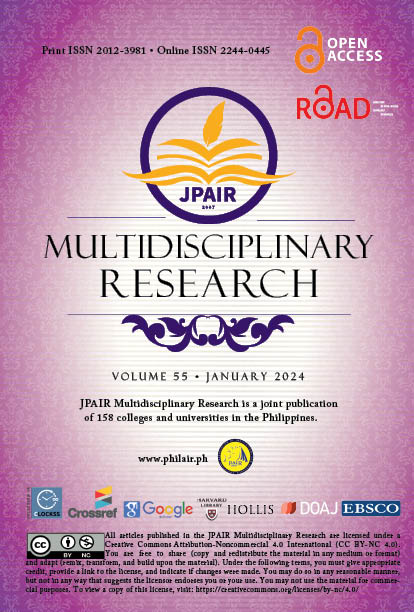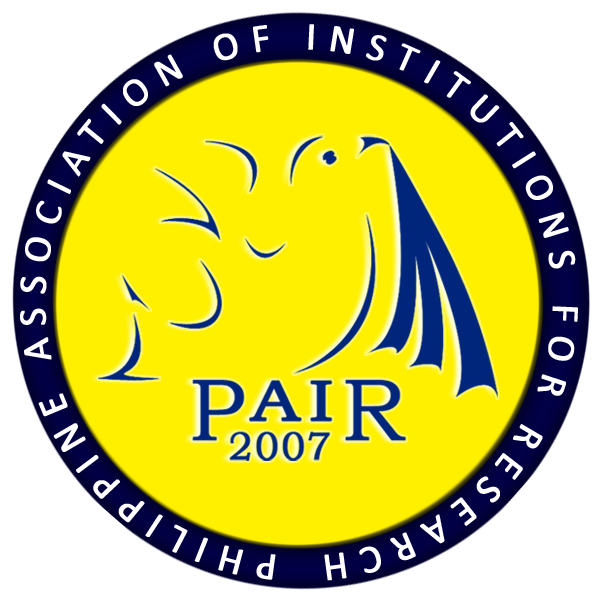Transformational Leadership, Cultural Intelligence, Self-Efficacy, and Productivity among Higher Education Faculty: A Structural Model
DOI:
https://doi.org/10.7719/jpair.v55i1.876Keywords:
higher education faculty's productivity, transformational leadership, cultural intelligence, self-efficacy, structural equation model, descriptive-correlational, causal-comparative research design, PhilippinesAbstract
This study aimed to assess the productivity of higher education faculty by developing a structural model incorporating predetermined factors such as transformational leadership exhibited by academic heads, the faculty's cultural intelligence, and self-efficacy. After undergoing scientific validation and reliability tests, this study utilized questionnaires in a descriptive-correlational and causal-comparative research design. Data were gathered from 500 higher education faculty in Northern Mindanao, Philippines. The results revealed a high level of productivity among higher education faculty, particularly in producing instructional tools, engaging in professional development and community service, and a moderately productive level in research and publication. Remarkably, academic heads demonstrated an excellent display of transformational leadership. Higher education faculty exhibited high levels of cultural intelligence and self-efficacy. This implies that the academic head's exemplary display of transformational leadership highlights a commendable commitment to inspiring positive change and fostering growth within the academic setting. Simultaneously, the Higher Education Faculty exhibits remarkable levels of cultural intelligence and self-efficacy, showcasing their proficiency in navigating diverse cultural landscapes and their confidence in their capabilities. Ultimately, the structural model revealed that the productivity of higher education faculty is best explained by the influence of academic heads' transformational leadership, coupled with faculty cultural intelligence and self-efficacy. This model is known as Apdian’s Model of Productivity Among Faculty in State Universities.
Downloads
References
Ajzen, I. (1991). The theory of planned behavior. Organizational behavior and human decision processes, 50(2), 179-211.
Akil, M., & Jafar, B. (2019). Teachers’ self-efficacy and performance in teaching literature in the interest-based classes at senior high school. Journal of Language Teaching and Research, 10(6), 1271-1278.
Alibakhshi, G., Nikdel, F., & Labbafi, A. (2020). Exploring the consequences of teachers’ self-efficacy: A case of teachers of English as a foreign language. Asian Journal of Second and Foreign Language Education, 5, 23.
Downloads
Published
Issue
Section
License
Copyright (c) 2024 Venus G. Apdian, Nenita I. Prado

This work is licensed under a Creative Commons Attribution-NonCommercial 4.0 International License.
Open Access. This article published by JPAIR Multidisciplinary Research is licensed under a Creative Commons Attribution-Noncommercial 4.0 International (CC BY-NC 4.0). You are free to share (copy and redistribute the material in any medium or format) and adapt (remix, transform, and build upon the material). Under the following terms, you must give appropriate credit, provide a link to the license, and indicate if changes were made. You may do so in any reasonable manner, but not in any way that suggests the licensor endorses you or your use. You may not use the material for commercial purposes.




















